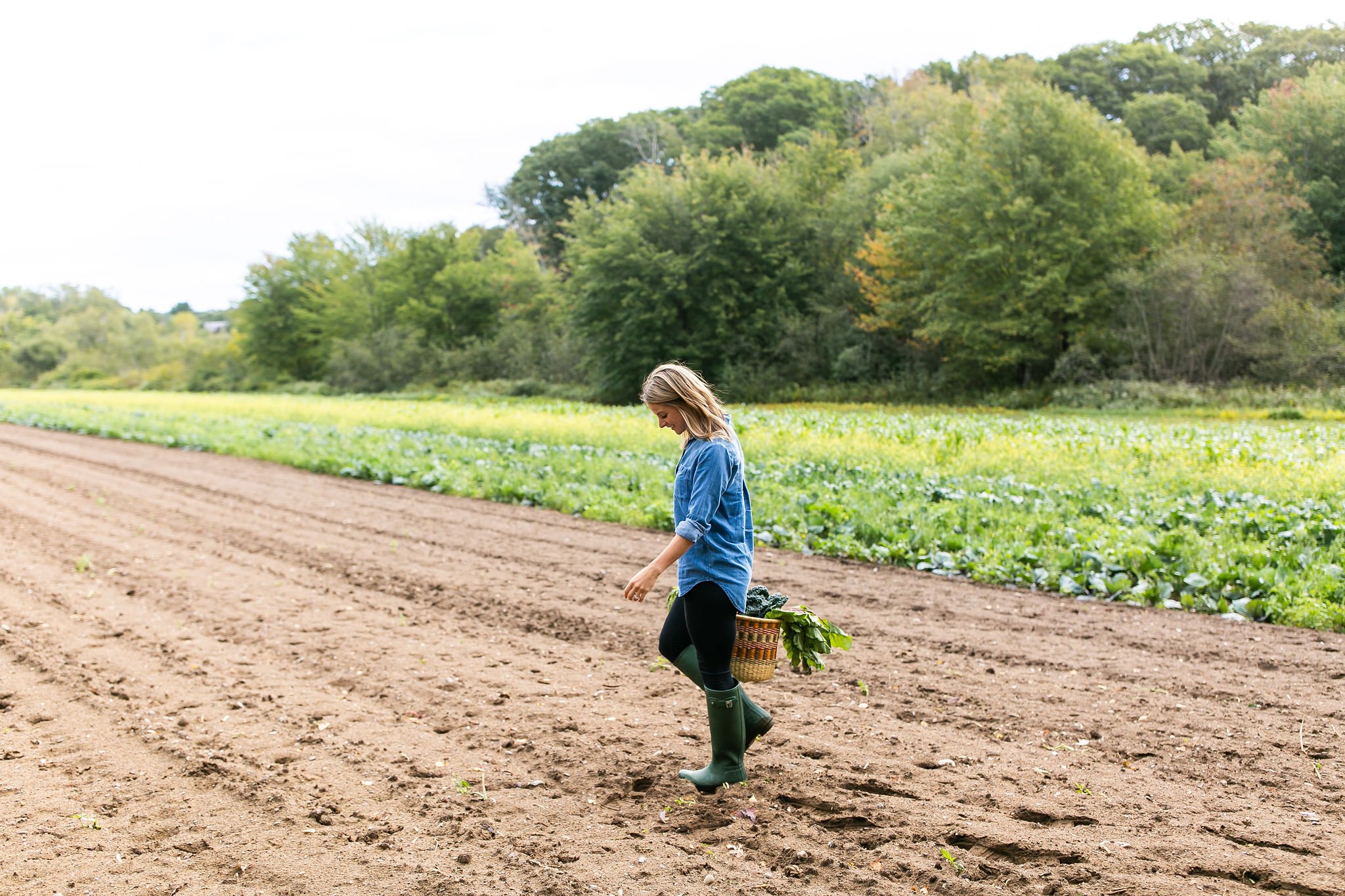The Great Nutrient Collapse
“CHEAP FOOD IS AN ILLUSION. THERE IS NO SUCH THING AS CHEAP FOOD. THE REAL COST OF FOOD IS PAID SOMEWHERE AND IF IT ISN’T PAID AT THE CASH REGISTER, IT’S CHARGED TO THE ENVIRONMENT OR TO THE PUBLIC PURSE IN THE FORM OF SUBSIDIES. AND IT’S CHARGED TO YOUR HEALTH.”
Just 100 years ago, eating homegrown and locally-sourced foods from family farms was simply a way of life. But now? The nature of our food, and how we obtain it, has changed dramatically.
This hits home for me (literally.) I grew up on a third-generation family farm. We had 80 acres of vegetable crops where we grew corn, green beans, cherry tomatoes, pumpkins, and squash. We sold our harvests to our local community out of a rickety road-side stand on Main Street. But like so many other family farms, the rising costs of agriculture and the dwindling lifestyle of local consumerism caused the downfall of my family’s farm in 2008. That once fertile soil has now been paved over and a complex of condominiums sprawl across the centuries-old farmland.
Small-scale farms continue to diminish at a staggering rate each year. According to data from the Census of Agriculture, 17,550 farms shut down between 2001-2006. What does this mean for us - the consumers? It means large-scale ‘agri-business’ farms are now producing the majority of our food. This shift in agriculture has influenced the way our foods are being grown - from genetic modification, chemical pesticides, premature harvesting techniques, over-cropping, and long transportation times - all of which is devaluing the quality of our food, and thus, our health.
Consider that red bell pepper you just brought home from the grocery store. Chances are its seed structure was designed in a test tube to become genetically modified, then sprayed with over 100 different chemicals, harvested before it was fully ripe, packed into a shipping container and loaded onto the bed of an 18-wheeler where ethylene gases artificially ripened it, while it travelled 1,500 miles across the country and spent as many as 7-14 days in transit to your supermarket.
The nutrient content of fruits and vegetables have measurably dropped over the past 50 to 70 years as a result of the way our food is now grown and distributed. In 2004, a landmark study of fruits and vegetables found that important nutrients like protein, calcium, iron and vitamin C had declined up to 38% since 1950. It’s no wonder we don’t feel as good as we know we could, our hormones are spinning out of control, and heart disease, diabetes and cancer have become relatively new threats on our growing list of health concerns in the last 100 years.
The last I checked, the U.S. came in at number 35 on the list of countries rated best to worst health. That means America (a 1st world country) is being surpassed by 3rd world nations in health. Today, more than 90% of all chronic disease in the U.S. is caused by food choice, toxic ingredients, and nutritional deficiencies. But what’s even more astounding: the U.S. leads the world in degenerative diseases. The very word ‘degenerative’ indicates nutritional deficiency. Statistics show 9 out of 10 Americans fall short on essential nutrients in their daily diet.
It's because of this nutrient gap (and chemical crisis) that we are now experiencing illnesses that didn't exist 50 or 100 years ago. The prevalence of chronic disease in Americans is directly correlated to the radical change in our diet in the last century. Our high-tech, industrialized world has branched away from the integrities of small-scale farming and instead turned to high-yeild crops. We have lost touch with the most crucial element to our well-being— nature.
At the end of the day, perhaps we should stop asking why real food is so expensive and start asking why processed food is so cheap. While we might not be able to control the world, we can control what goes on our plate, and vote with our dollar. One way to start is by visiting your local farm or farmer’s market for regular grocery hauls. Personally, when I do this, I feel more connected to my community and know the money I am spending is contributing to not only my health, but the changes I wish to see. It’s these kinds of shifts, small as they are, that will not only contribute to our local agriculture, biodiversity, economy, and health, but hold the power to make a better future for us all.











Hidden nutrient gaps may be the reason you're showing up as less than your best.